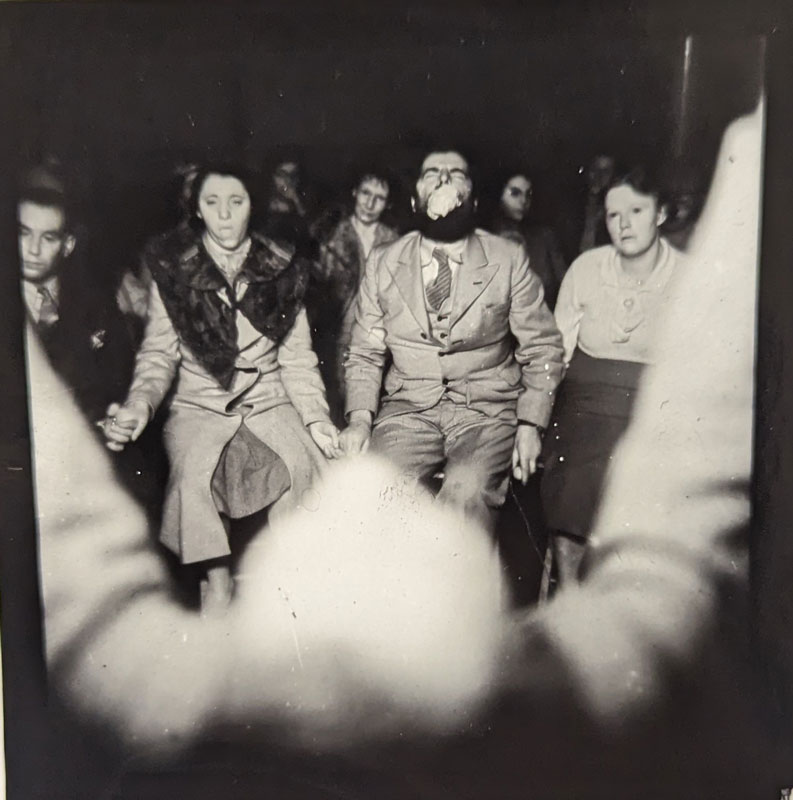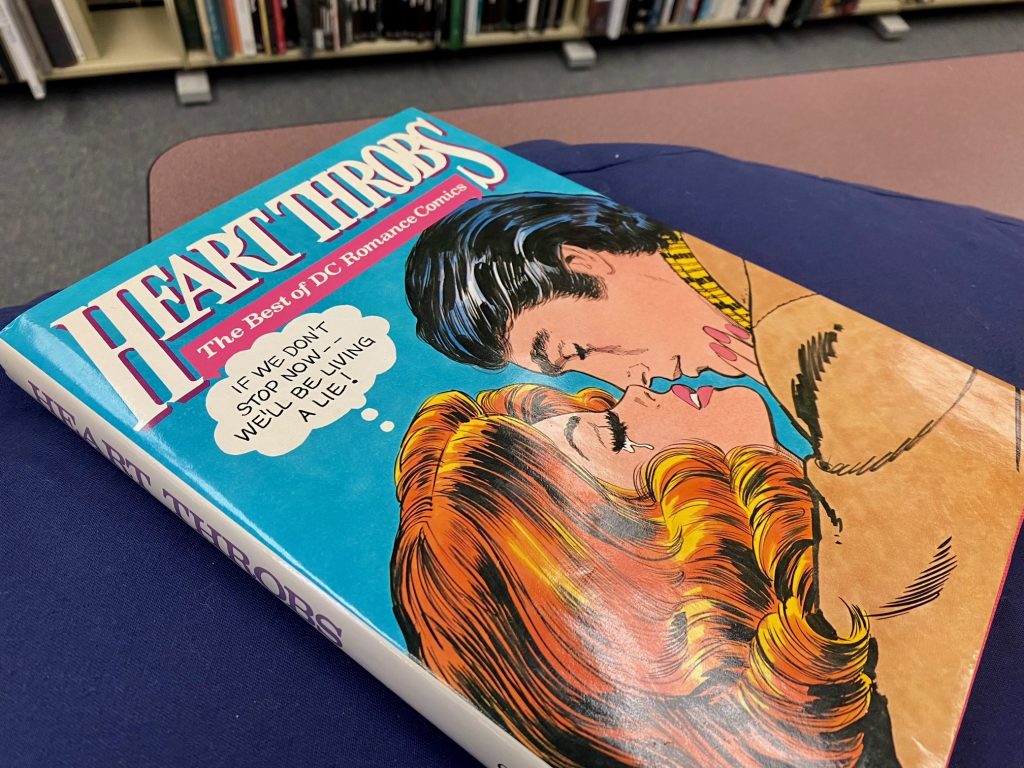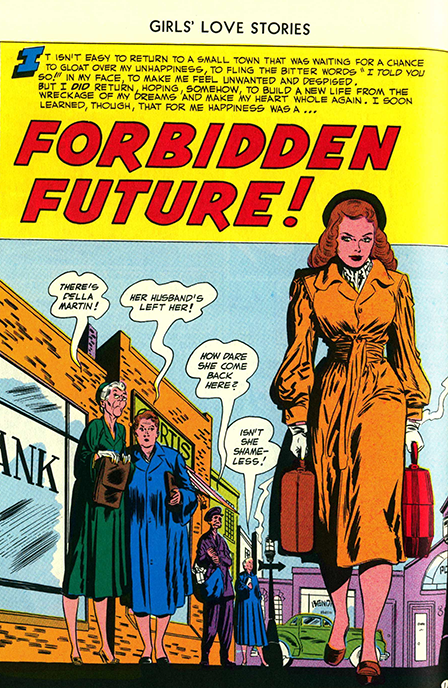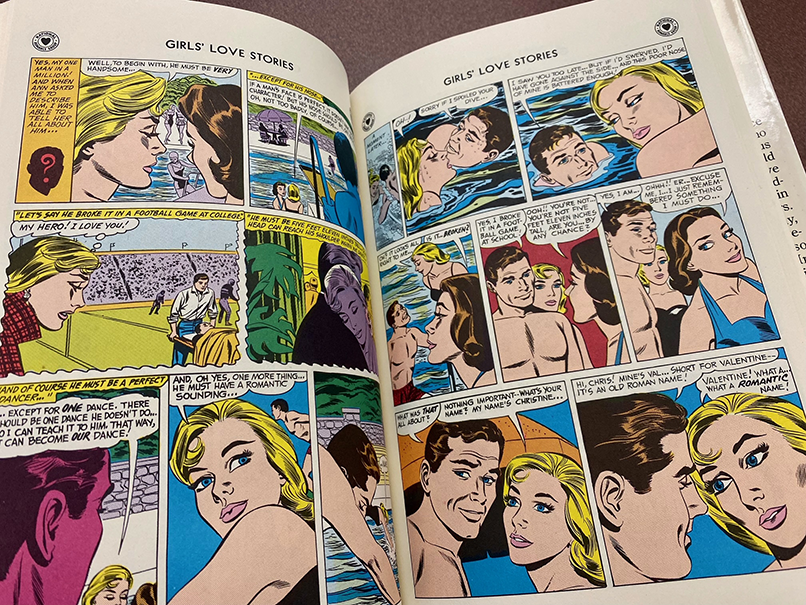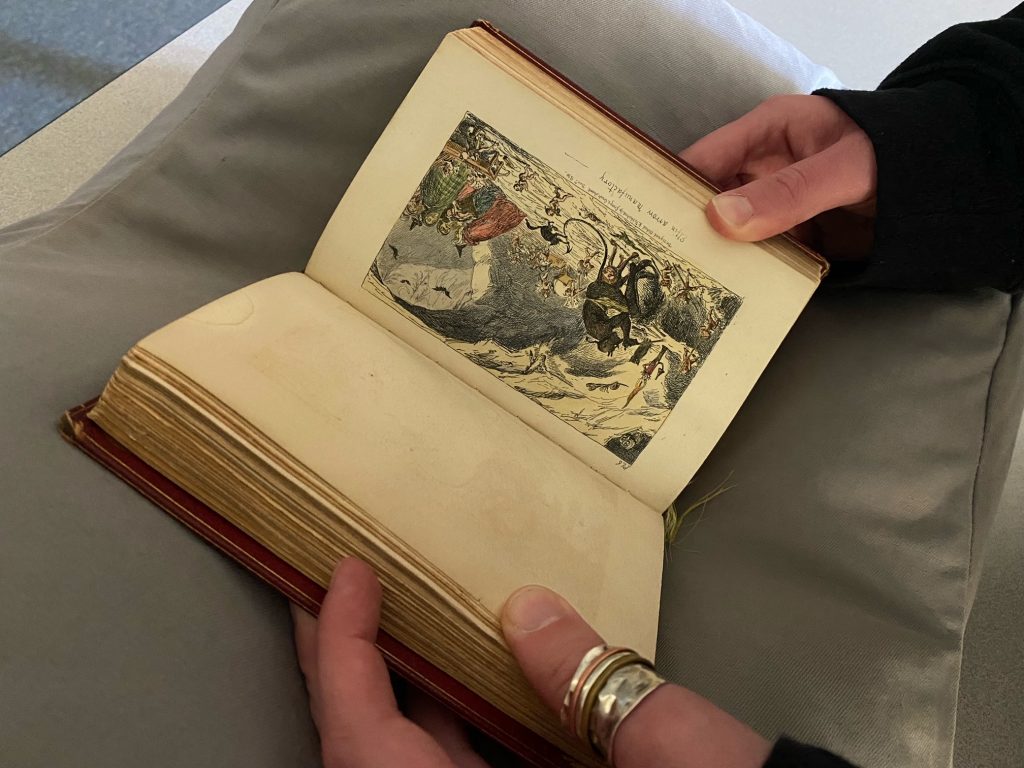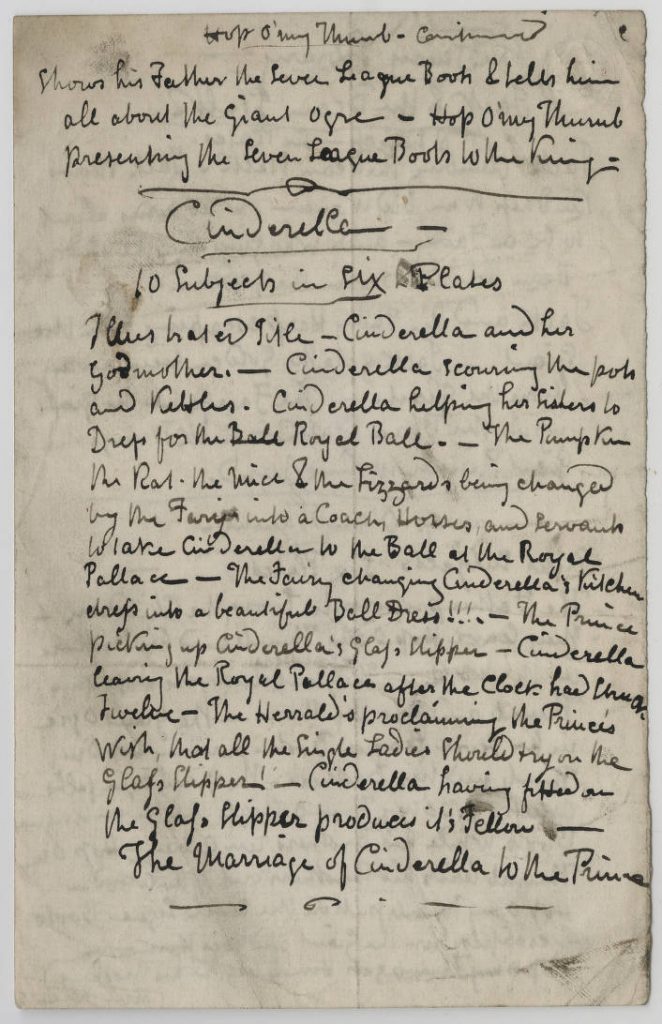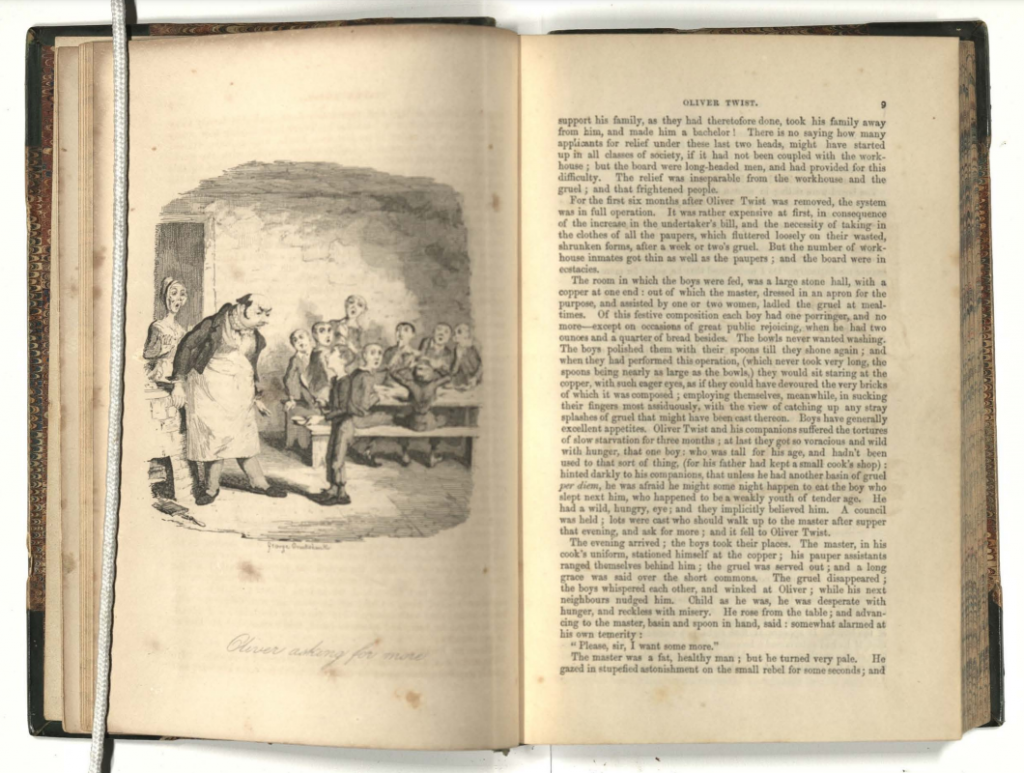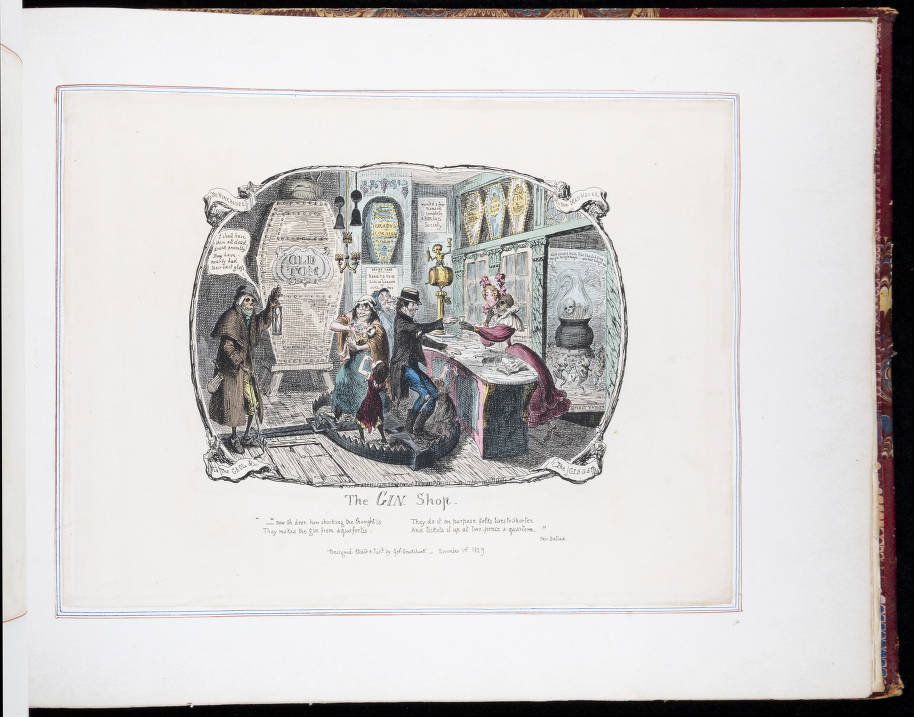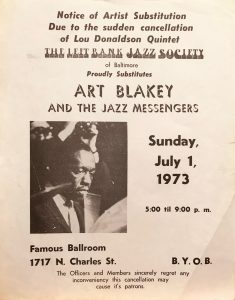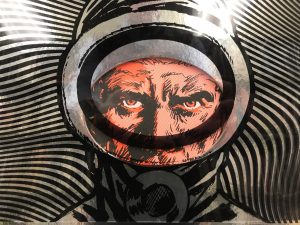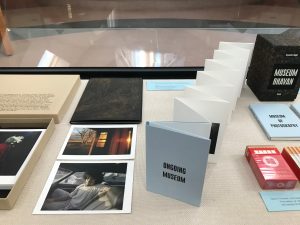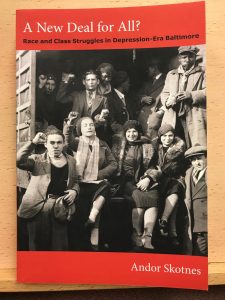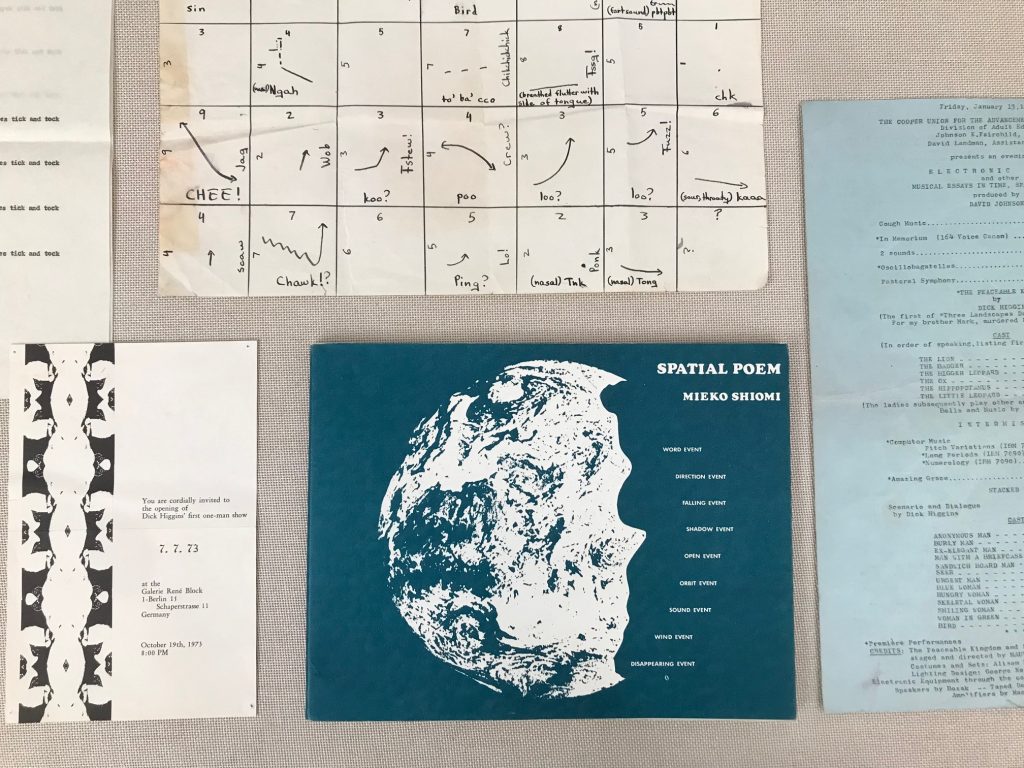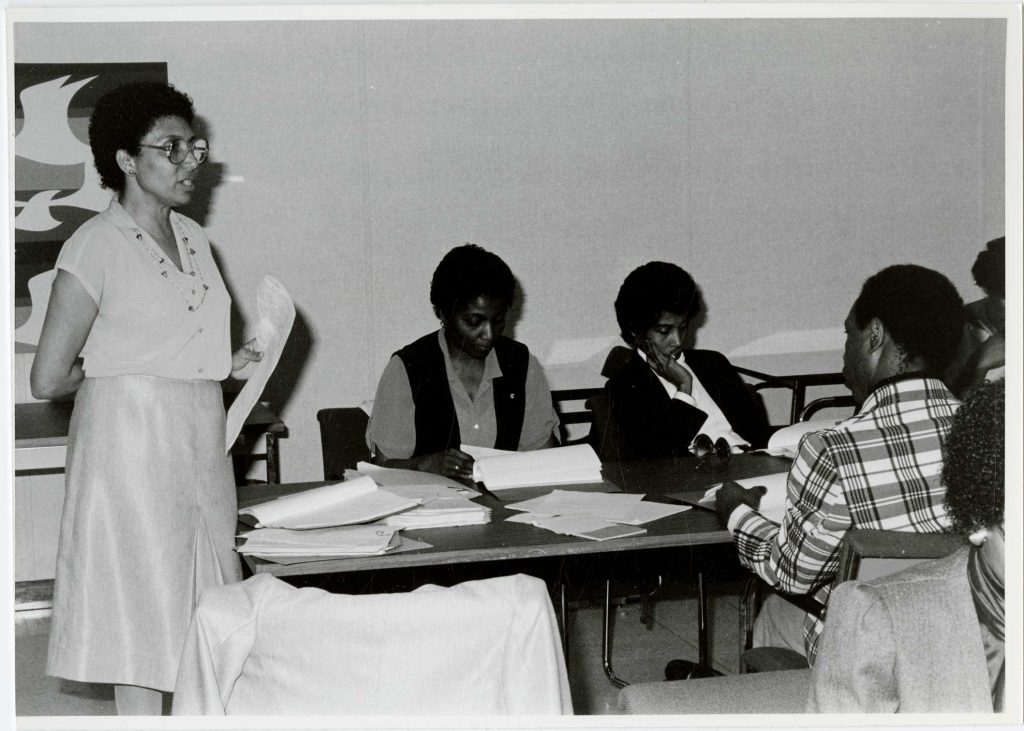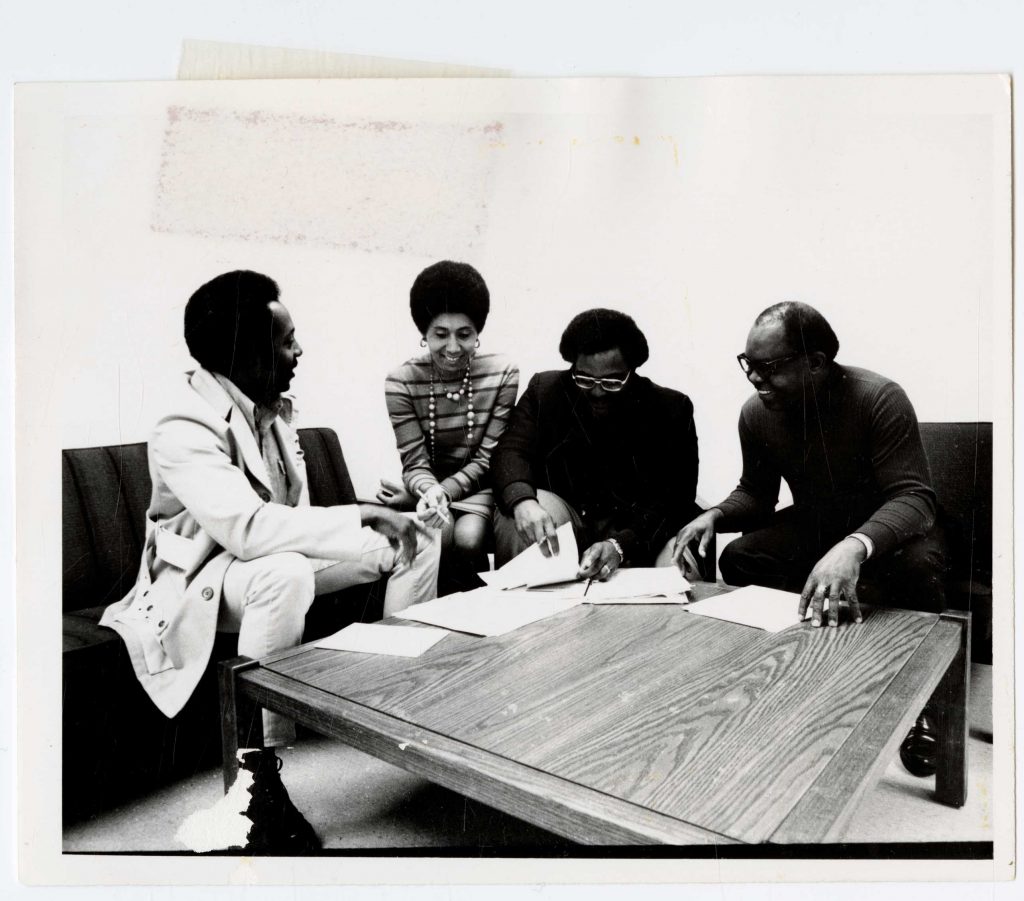What do an airship crash, a talking mongoose, and the most haunted house in England have in common? They are all topics addressed in the Eileen J. Garrett Parapsychology Foundation Collection held in UMBC Special Collections.
This remarkable collection of more than 12,000 books and over 100 periodicals, including rare books on and early journals devoted to psychical research, was compiled by the Parapsychology Foundation. Founded in 1951 by trance medium and research advocate Eileen J. Garrett and congressional representative Hon. Frances P. Bolton, The Parapsychology Foundation is a non-profit organization that encourages and supports impartial scientific inquiry into psychical aspects of human nature such as telepathy, clairvoyance, precognition, and psychokinesis. It provides a worldwide forum supporting the academic and scientific investigation of psychic phenomena. In 2022, the Parapsychology Foundation donated its extensive library to UMBC.
The collection emphasizes the literature of contemporary parapsychology and publications that approach the subject from objective and analytical points of view. Strengths include: the history of psychical research and parapsychology, including early Spiritualism, mysticism and relevant philosophical works, as well as mediumship, apparitions, hauntings, poltergeists, near-death and out-of-body experiences, and experimental research on extrasensory perception (ESP), psychokinesis, and precognition.
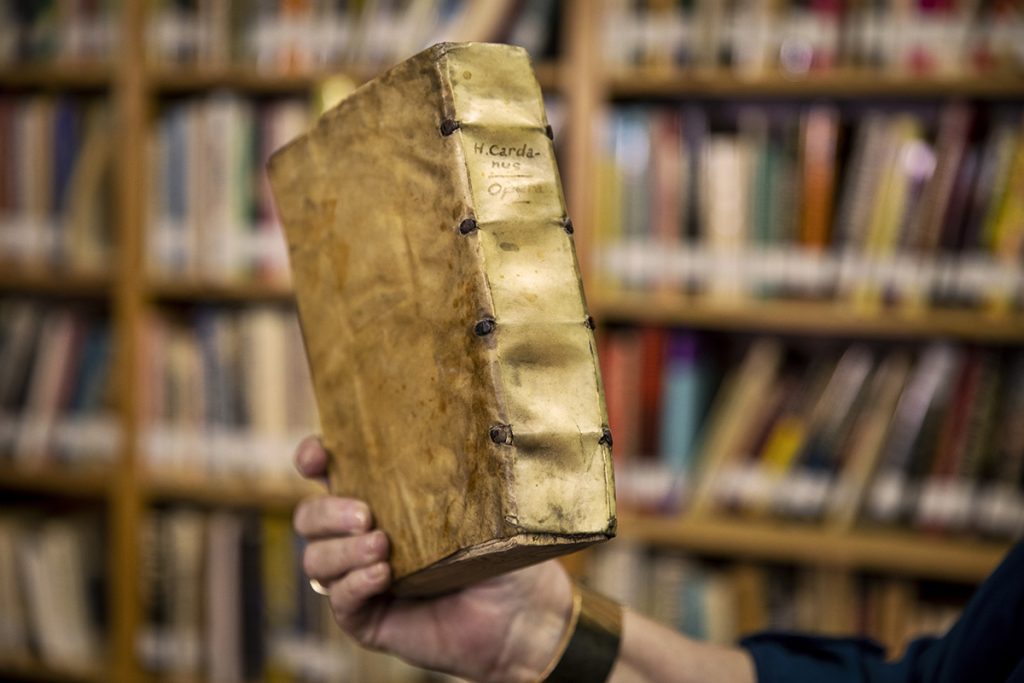
Among the rare books in the collection are Girolamo Cardano’s Somniorum Synesiorum omnis generis insomnia explicantes (1562) on the interpretation of Dreams, the three-volume collected works of physician and alchemist Paracelsus, Opera omnia : medico-chemico-chirurgica (1658), astrologer to Queen Elizabeth I, John Dee’s A true and faithful relation of what passed for many yeers between Dr. John Dee (a mathematician of great fame in Queen Elizabeth and King James their reignes) and some spirits (1659), and the first English translation of scientist and mystic Emmanuel Swedenborg’s treatise on the plurality of worlds, De telluribus in mundo nostro solari (Concerning Earths in our Solar System, 1787.)
The accompanying archival collection comprises the history and proceedings of the Parapsychology Foundation and its annual conferences and publications, as well as fieldwork, research notes, and manuscripts from prominent parapsychologists. Audio-visual materials include over 600 audio and video recordings of conferences and lectures, spirit photographs, glass slides, target images, objects used in psychokinesis experiments (moving objects with the mind), and an ESP testing machine. Among the people and topics included in the collection are: the Bindelof séance phenomena, research files of psychic researcher Hereward Carrington, Montague Ullman and Stanley Krippner’s dream telepathy research, the poltergeist investigations and personal scrapbook of Nandor Fodor, scrapbooks compiled by Eileen J. Garrett, and spirit audio recordings captured by Hans Holzer. The collection also features original manuscripts by psychical researcher Harry Price and others pertaining to the infamous Borley Rectory case, popularly known as the most haunted house in England.
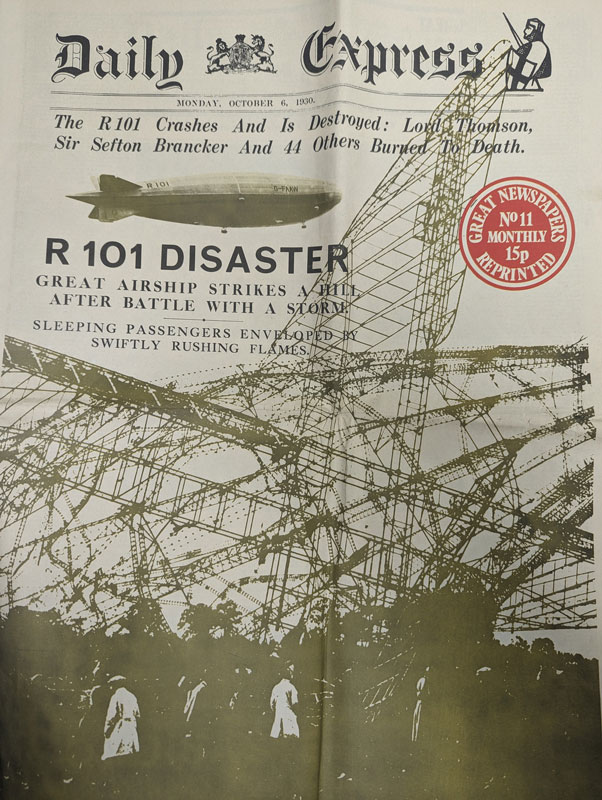
Of particular interest are original case files related to the R-101 Airship crash, a disaster that occurred on October 5, 1930 when a British airship on its maiden voyage to India plummeted into the French countryside, killing 48 of 54 passengers and crew. That month, Garrett, who had demonstrated paranormal abilities since her childhood in Ireland and had already become a well-known medium, took part in a séance with Price. The purpose of the gathering was for Garrett to contact Sir Arthur Conan Doyle—author of Sherlock Holmes and an avid Spiritualist—who had recently died. Instead, Garrett channeled the voice of Airship R-101 Flight Lieutenant H. Carmichael Irwin, who reported on the technical failures that had precipitated the Airship’s fateful crash. Garrett also channeled the voices of several crash victims at another séance. The specificity of these communications, including technical details that were not public, convinced many that Garrett was indeed making contact with the dead. Files related to this incident at UMBC include news clippings and original manuscripts pertaining to this sensational story.
Now, about that talking Mongoose…

In 1931, a family living on the Isle of Man claimed that their farmhouse was haunted by a spectral talking mongoose named Gef. Also known as the Dalby Spook, Gef—who could speak several languages—told the Irvings that he was 83 and from India. Initially, they saw him as a nuisance, but soon Gef became something like a family member. He hunted rabbits for them and read the newspaper over Mr. Irving’s shoulder. The story became a sensation and psychic investigators Price and Fodor studied the case, though Gef never made an appearance in front of these outsiders. If the Dalby Spook was an elaborate hoax, it was never definitively disproved. Researchers can sift through the evidence (including first-hand accounts, clippings, and photographs) in the Garrett Collection at UMBC and draw their own conclusions about Gef.
Although the archival collection is currently being processed, researchers may consult these materials in our reading room. A box-level inventory is available by request and we are happy to assist users in locating materials relevant to their research. We are also working with our colleagues in the Library’s Technical Services department to catalog the books and serials. You can view the holdings that have already been added to the library catalog by narrowing your search location to Special Collections and the named collection to “Eileen J. Garrett Parapsychology Foundation Collection.” Please reach out to speccoll@umbc.edu for further assistance. We hope you will visit and explore these fascinating materials!
